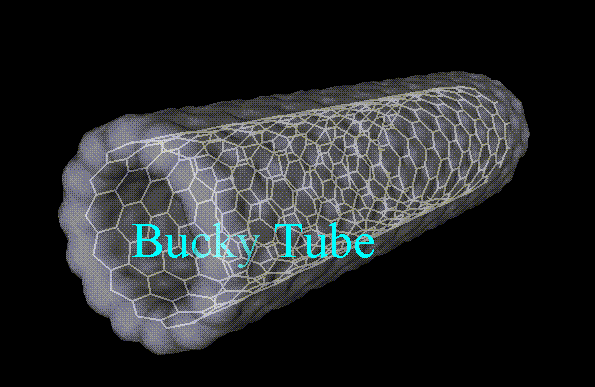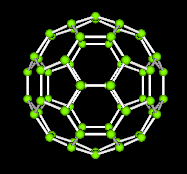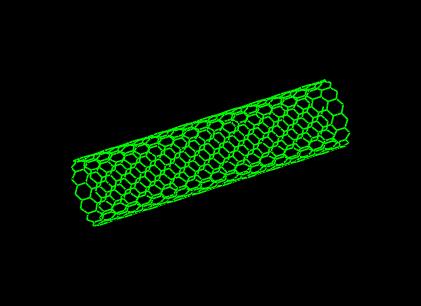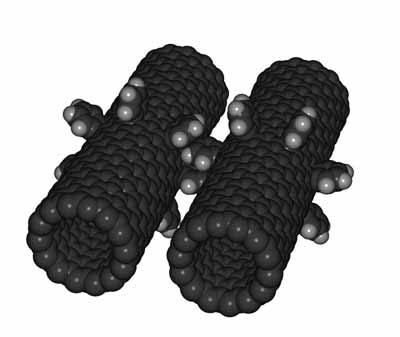............................................................................................
Cooling Towers
The water that is
drained from cooling equipment to remove mineral build-up is called “blow-down”
water or “bleed” water.
The cooling
equipment that requires blow-down is most often: cooling towers, evaporative
condensers, evaporative coolers, evaporative cooled air-conditioners, and
central boilers (both steam and hot water).
These cooling
systems rely on water evaporation to garner the cooling effect (latent heat of
evaporation).
As the water
evaporates, the mineral content (calcium carbonate, magnesium, sodium, salts,
etc) of the remaining water increases in concentration of minerals.
If left undiluted,
these minerals will cause scaling on equipment surfaces; possibly damaging the
system.
The blow-down water
is usually dumped into the wastewater drain, yet in some cases, this water can
be reused for irrigation and other selected uses.
Water Quality
Blow-down water has
a much higher mineral content than potable water supplied by the local water
utility; often 2 to 5 times more minerals.
The concentration
of mineral is measured as Total Dissolved Solids (TDS).
Most potable water
in the US is has a TDS level of 100 to 350 parts per million (ppm), though some
potable water can be as high as 500ppm.
Depending on the
supply water and the cooling system operation; the blow-down water TDS can
range from 500 to 1300 ppm.
Besides minerals,
the water might also contain algea, bacteria, or pathogens.
There are often
chemical additives put in the water to impede scaling, reduce ph levels, and
kill biological contaminates.
The possible
presence of pathogens suggest the water should never come in contact humans or
sprayed above ground.
A review of the
on-site water treatment regimen might reveal other possible hazards.
Uses for the Water
There is somewhat
of a paradox in using blow-down water for irrigation.
If the cooling
system is efficiently using water, the blow-down water will have a TDS level
too high to be suitable for irrigating plants.
In general, most
plants cannot survive where the irrigation water exceeds 1,000 ppm of TDS;
though this somewhat depends on the type of minerals in the water.
(The irrigation
industry generally recommends turf be irrigated with water containing less than
500 ppm of TDS.)
A poorly maintained
cooling tower will dump blow-down water at less than 400 ppm of TDS; very
suitable for many plants and turf grasses.
A well maintained
cooling system, using water very efficiently, will drain blow-down water with
TDS levels too high for irrigating most all landscape plants.
The water can, and
should be used when sufficiently diluted with other water sources having lower
TDS levels, such as condensate, potable water, reclaimed water, harvested
rainwater, etc.
We advise the
cooling system be operated at peak water efficiency standards; never reducing
the cycles of concentration just to allow the undiluted blow-down water be used
for irrigation.
Irrigating with
blow-down water is also affected by local climates and soil conditions.
The continual use of high TDS water will cause a build-up of these minerals and
salts in the soil.
If these minerals
are not periodically flushed from the soil, they will greatly impair root
growth of plants, and can kill the plants over time.
It should be noted
that plants prefering acidic soils (pine trees, azaleas, berries,
hydrangeas, etc) should never be irrigated with blow-down water, as it often
has a high salt content.
In climates of
heavy seasonal rains, these minerals are usually rinsed out of the soil,
especially in sandy loams.
In more arid
climates, the landscapers have found it necessary to occasionally flush the
soil by irrigating with softer water (potable or reclaimed).
The blow-down water
should only be applied subsurface, unless the water is additionally treated to
remove any threat of pathogens.
There may be other
uses for the water, beside irrigation.
Care must be taken
to account for the very high mineral content of the blow-down.
In general, the
undiluted blow-down water will quickly cause a build-up of scale (mineral
deposits) on most pipes, spray heads, valves and plumbing fixtures.
While we fully support
innovative ways to reuse the water, we suggest users investigate possible
damage to equipment, fixtures, and/or plants before implementation.
Never use water
with TDS levels above 500 ppm in hardware, unless you verify its
applicability with the manufacturer of the equipment, appliance, fixture or
fitting.





:max_bytes(150000):strip_icc():format(webp)/UsainBolt-58dbe5253df78c516232331c.jpg)

:max_bytes(150000):strip_icc():format(webp)/GettyImages-132943795-58e186805f9b58ef7e8d1380.jpg)